Hoisin or Oyster Sauce: The Chinese Sauce Debate
Hoisin sauce represents one of China's most beloved condiments, adding rich sweetness to countless dishes across Asia.
Dark, fragrant sauces carry notes of plum, soybean, and various spices that create their distinctive flavor profile.
Many home cooks reach for hoisin when preparing traditional Peking duck or as a delicious dipping sauce.
The remarkable versatility of this condiment makes it equally suitable for marinades, stir-fries, and even as a sandwich spread.
Unlike oyster sauce, hoisin offers a predominantly sweet taste with slight hints of spice and saltiness.
Both sauces hold important places in Chinese cooking, though each brings unique characteristics to different recipes.
After learning about these fundamental differences, you can make better choices when selecting the perfect sauce for your next Asian-inspired meal.
Hoisin Sauce: The Sweet-Savory Sauce of Asia
Hoisin sauce is a thick, dark, and flavorful sauce widely used in Chinese and other Asian cuisines. It has a sweet, salty, and slightly tangy taste with a hint of umami.
Typically made from fermented soybeans, sugar, vinegar, garlic, and various spices, hoisin sauce offers a complex flavor that balances sweetness with savory depth. Some versions may include chili or five-spice powder for added warmth.
Hoisin sauce is commonly used as a dipping sauce for spring rolls, dumplings, and other appetizers. It also serves as a glaze for meats like roasted duck or pork and as a key ingredient in stir-fries, marinades, and noodle dishes.
You can find many commercial brands of hoisin sauce, each with slight variations in sweetness and spice.
Origin of Hoisin SAuce
Historically, hoisin sauce was created as a savory and sweet glaze and dipping sauce, used to enhance the flavors of meats, especially in barbecue and roasted dishes. Its exact origins are not precisely documented but likely date back several centuries in Southern China, evolving from fermented soy and broad bean pastes combined with sugar, vinegar, and spices.
Plus, the word “hoisin” (海鮮) translates roughly to “seafood” in Cantonese, reflecting the sauce’s original use and flavor profile, though it contains no actual seafood today.
Oyster Sauce: Another Perfect Sauce in Asian Cuisine
Oyster sauce is a rich, savory condiment commonly used in Asian cooking, especially in Chinese, Thai, and Vietnamese cuisines. It is made by cooking oysters in water to extract their natural juices, which are then concentrated and mixed with seasonings such as soy sauce, sugar, and sometimes cornstarch for thickness.
Oyster sauce has a deep umami flavor that is both salty and slightly sweet, with a subtle oyster essence. It adds richness and depth to dishes without overpowering other flavors.
History of Oyster Sauce
Back in 1888, a Chinese food vendor named Lee Kum Sheung accidentally created this beloved sauce in Guangdong Province when he overcooked a batch of oysters. His mistake turned into culinary gold as the overcooked oyster broth transformed into a rich, gooey sauce with incredible flavor.
Lee's accidental creation led him to establish Lee Kum Kee, which eventually grew into a condiment industry giant. Traditional oyster sauce follows Lee's original method - boiling premium oysters for hours until the broth caramelizes naturally into a dark, concentrated sauce.
Real oyster sauce can be found in quality Asian markets, though its authentic preparation commands a higher price tag.
Hoisin vs Oyster Sauce: Distinct Flavors That Set Them Apart
Hoisin and oyster sauces may seem alike at first glance, but they have key differences worth knowing. Hoisin offers a sweet, tangy flavor with hints of five-spice and garlic, making it perfect for glazing meats or adding zip to stir-fries.
Its thick texture clings nicely to food while bringing a deep reddish-brown color to dishes.
Oyster sauce, on the other hand, provides a more savory, slightly sweet taste with rich umami notes from real oyster extracts.
This darker sauce works magic in marinades and dipping sauces where balance matters most.
Both condiments shine in Chinese cooking, but hoisin leans toward northern recipes while oyster sauce is a staple in southern coastal dishes.
Next time you're cooking Asian food, try them both to discover which one makes your meal pop with flavor.
Ingredients
Hoisin sauce is made primarily from fermented soybeans, along with fennel, sesame seeds, red chili pepper, garlic, vinegar, sugar, and spices.
Importantly, hoisin sauce is vegetarian-friendly since it contains no animal products.
Oyster sauce, by contrast, is based on oyster extract mixed with thickeners and flavor enhancers, making it unsuitable for vegetarians.
This key difference impacts dietary choices and usage.
Hoisin vs Oyster Sauce: Flavorful Comparison
Many people confuse hoisin sauce and oyster sauce, but with this comparison, you'll easy recognize them. Check this table to see features that set these sauces apart.
| Feature | Hoisin Sauce | Oyster Sauce |
| Ingredients | Fermented soybeans, fennel, sesame seeds, chili, garlic, vinegar, sugar, spices | Oyster extract, thickeners, flavor enhancers |
| Color and Texture | Dark with a reddish hue; smooth, thick, glossy | Dark brown; very dense, smooth |
| Taste | Sweet, spicy, tangy, less salty | Savory, salty, umami, slight oyster undertone |
| Smell | Sweet, tangy, fruity, no fishy smell | Mild ocean-like, seafood aroma |
| Usage | Glazing meats (e.g., Peking duck), dipping sauce, stir-fries, Vietnamese pho | Seasoning tofu, meat, vegetables, stir-fries, pad thai |
| Nutritions | Sodium ~1615 mg/100g, Sugar ~27 g/100g | Sodium ~2733 mg/100g, No sugar |
Color And Texture
Dark-colored sauces may look alike, but hoisin sauce has a slight reddish tint while oyster sauce shows a deep brown shade. Most people can't tell them apart at first because their colors appear so similar.
Both sauces feel smooth and thick when stirred into recipes, helping to give dishes a rich consistency. These condiments add body to stir-fries and marinades while coating ingredients evenly.
Their dense texture allows them to stick well to meat and vegetables during cooking.
Taste
Hoisin sauce is sweeter and spicier, with a pronounced sweet and tangy balance, while oyster sauce leans more toward a salty, umami-rich flavor with a subtle oyster undertone.
Because of these differences, hoisin sauce can often be used as a 1:1 substitute for oyster sauce in stir-fried dishes when you run out, although the final flavor will be slightly sweeter.
Smell
The fragrances of these sauces reflect their ingredient differences.
Hoisin sauce has a sweet, tangy aroma with hints of fruitiness and fermented soybean paste but no fishy or seafood scent.
Some find its aroma pleasant, while others may consider it strong or unusual. Oyster sauce carries a mild ocean-like scent from its oyster extract, which is subtle but distinct and often associated with seafood flavors.
Usage
Hoisin sauce is versatile in Cantonese and Vietnamese cuisines.
It’s famously used as a glaze for Peking duck and other roasted meats, as a dipping sauce for spring rolls and Vietnamese pho, and as a condiment in a variety of dishes, including stir-fries and marinades.
Oyster sauce is widely used across Chinese and other Asian cuisines to season tofu, meats, vegetables, and seafood.
It adds a savory umami depth to stir-fries like chow mein and is also a key ingredient in dishes such as Thai pad thai.
Nutritions
Hoisin and oyster sauces pack a serious sodium punch, with oyster sauce containing almost double the salt at 2733mg per 100g compared to hoisin's 1615mg. The sweet factor creates another big difference between these popular Asian condiments - hoisin sauce carries a hefty 27 grams of sugar per 100g serving, while oyster sauce doesn't list any sugar in its ingredients.
Hoisin vs Oyster Sauce: Their Shelf Life
Both hoisin sauce and oyster sauce have relatively long shelf lives thanks to their fermented ingredients, salt content, and preservatives. However, there are some differences in how long they last and how to store them properly.
| Shelf Life | Hoisin Sauce | Oyster Sauce |
| Unopened | About 3 years (cool, dark place) | About 2 years (cool, dark place) |
| After Opening | 12 to 18 months (refrigerated, sealed) | 6 to 12 months (refrigerated, sealed) |
Storage Tips
Keep both sauces in airtight containers or tightly sealed bottles to avoid exposure to air and moisture.
Store them in the refrigerator after opening to preserve flavor, texture, and safety.
Always check for signs of spoilage such as off smells, discoloration, or mold before use.
Delicious Swaps When Hoisin or Oyster Sauce Runs Out
Finding a substitute for hoisin or oyster sauce doesn't have to be complicated when your pantry runs dry. These easy swaps help maintain authentic flavors without requiring a special trip to the store.
Substitutes for Hoisin Sauce
1. BBQ Sauce
BBQ sauce can be a good stand-in for hoisin sauce when you want a rich, tangy, and slightly sweet flavor. It won’t be exactly the same but works well in many recipes, especially those needing a smoky depth.
2. Miso Paste
Miso paste offers a savory and slightly sweet flavor similar to hoisin sauce. Because it’s less sweet, you might want to add some sugar or honey to balance the taste when substituting.
3. Black Bean Sauce
Black bean sauce has a robust savory flavor and can replace hoisin sauce when combined with a bit of sugar to mimic hoisin’s sweetness. It’s a flavorful alternative especially in stir-fries.
Substitutes for Oyster Sauce
1. Soy Sauce
Soy sauce provides the salty, umami base that oyster sauce offers, but it lacks sweetness and is thinner. When using soy sauce as a substitute, reduce the amount and add a touch of sugar or honey to balance the flavor.
2. Fish Sauce
Fish sauce is salty with a strong seafood taste, making it a possible substitute for oyster sauce’s umami. However, it’s more pungent, so use it sparingly to avoid overpowering your dish.
Got Questions? We’ve Got Solutions
1. How does the flavor of hoisin sauce compare to oyster sauce?
Hoisin sauce is sweet and tangy with strong garlic notes, while oyster sauce is more savory with a subtle sweetness and distinctive umami flavor from oysters.
2. Can I substitute one for the other in recipes?
Yes, but expect flavor differences. Hoisin will add sweetness and tanginess, while oyster sauce contributes a deeper umami flavor. You may need to adjust other seasonings to balance the dish.
3. Which sauce is better for specific Chinese dishes?
Hoisin is traditionally used for Peking duck, char siu pork, and as a dipping sauce. Oyster sauce works best in stir-fries, vegetable dishes, and Cantonese cuisine like beef with oyster sauce.
4. Are there any dietary concerns with these sauces?
Oyster sauce contains seafood extract, making it unsuitable for vegetarians or those with shellfish allergies. Hoisin is typically vegetarian but always check labels as ingredients vary by brand.

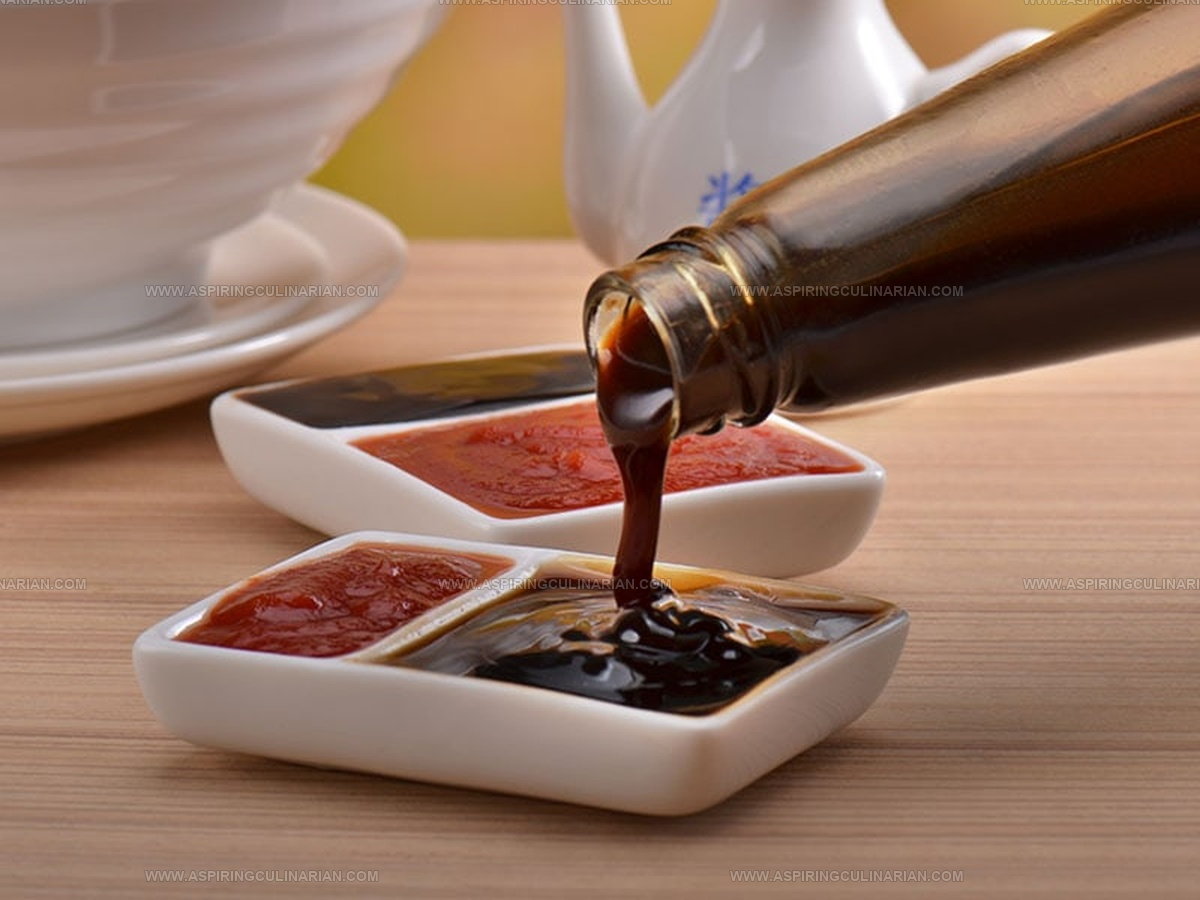
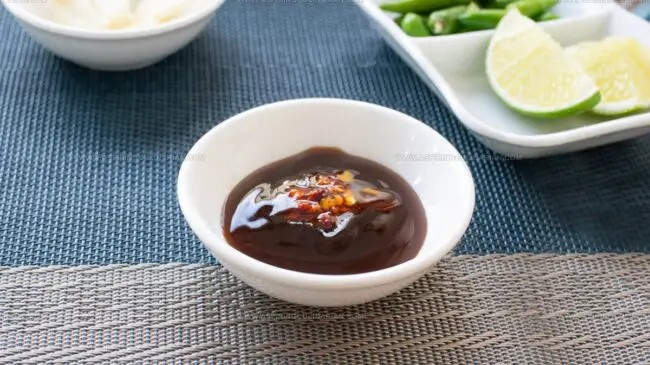
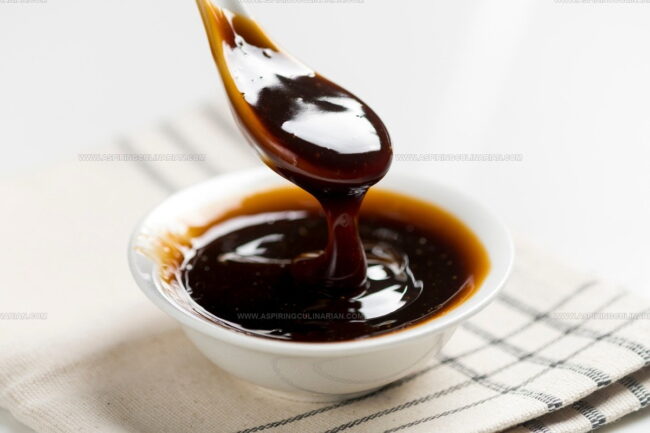
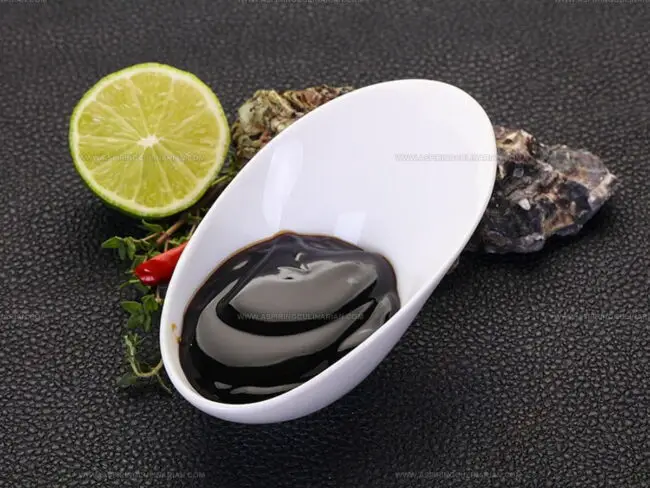
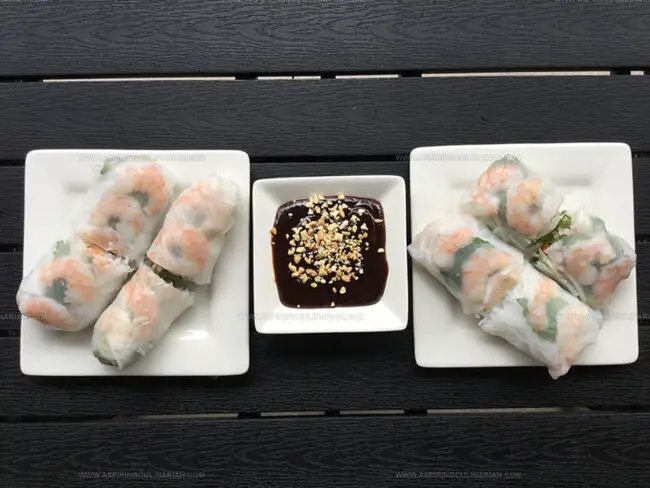
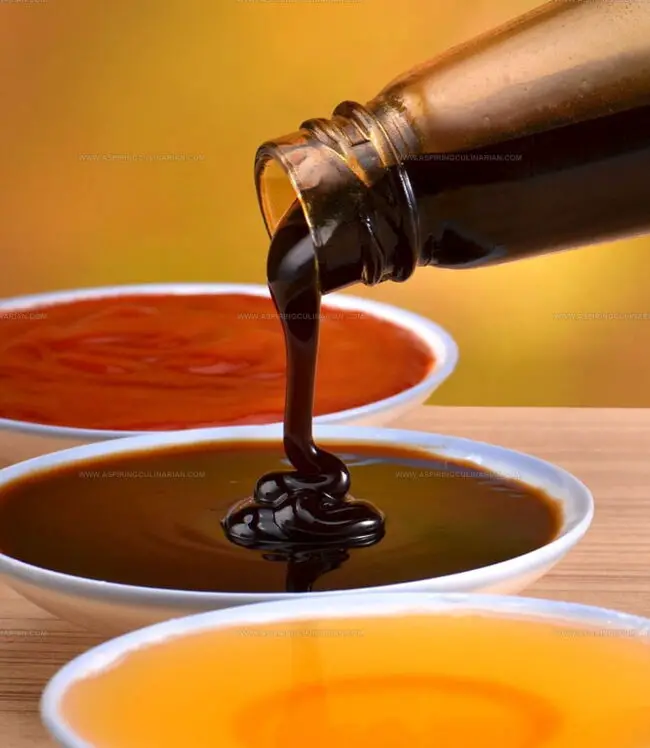
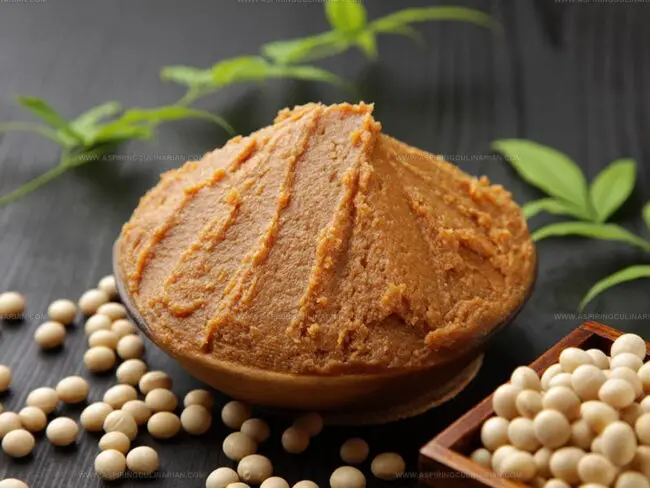
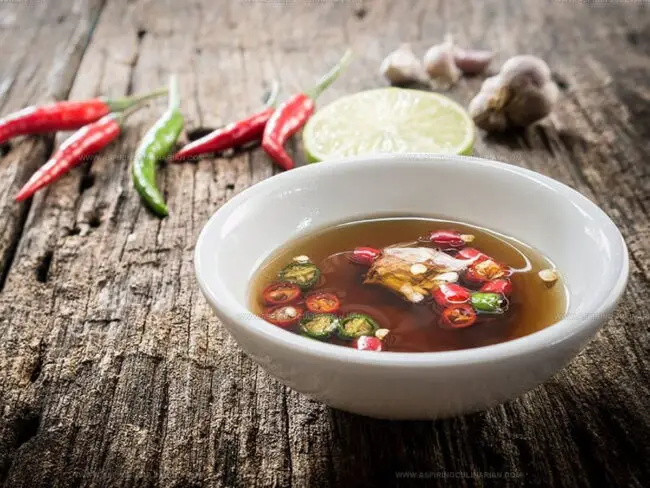
Nathaniel Brooks
Founder & Recipe Developer
Expertise
Farm-to-table cuisine, Seasonal recipe development, Culinary storytelling
Education
Ivy Tech Community College – Indianapolis, IN
Culinary Arts / Hospitality Administration & Events
Focused on hands-on training in classical and modern culinary techniques.
Nathaniel’s story starts in the foothills of the Appalachian Mountains, where farm stands, backyard gardens, and old family recipes shaped his love for real food. After graduating from Ivy Tech Community College in Indianapolis, he spent years working in farm-to-table kitchens, learning how to turn local, seasonal ingredients into something memorable.
Today, Nathaniel pours that same spirit into every single recipe on Aspiring Culinarian – recipes that feel real, comforting, and connected to the land. When he’s not in the kitchen, you’ll find him foraging wild herbs, chasing sunsets with his camera, or writing about the flavors that shaped his roots.